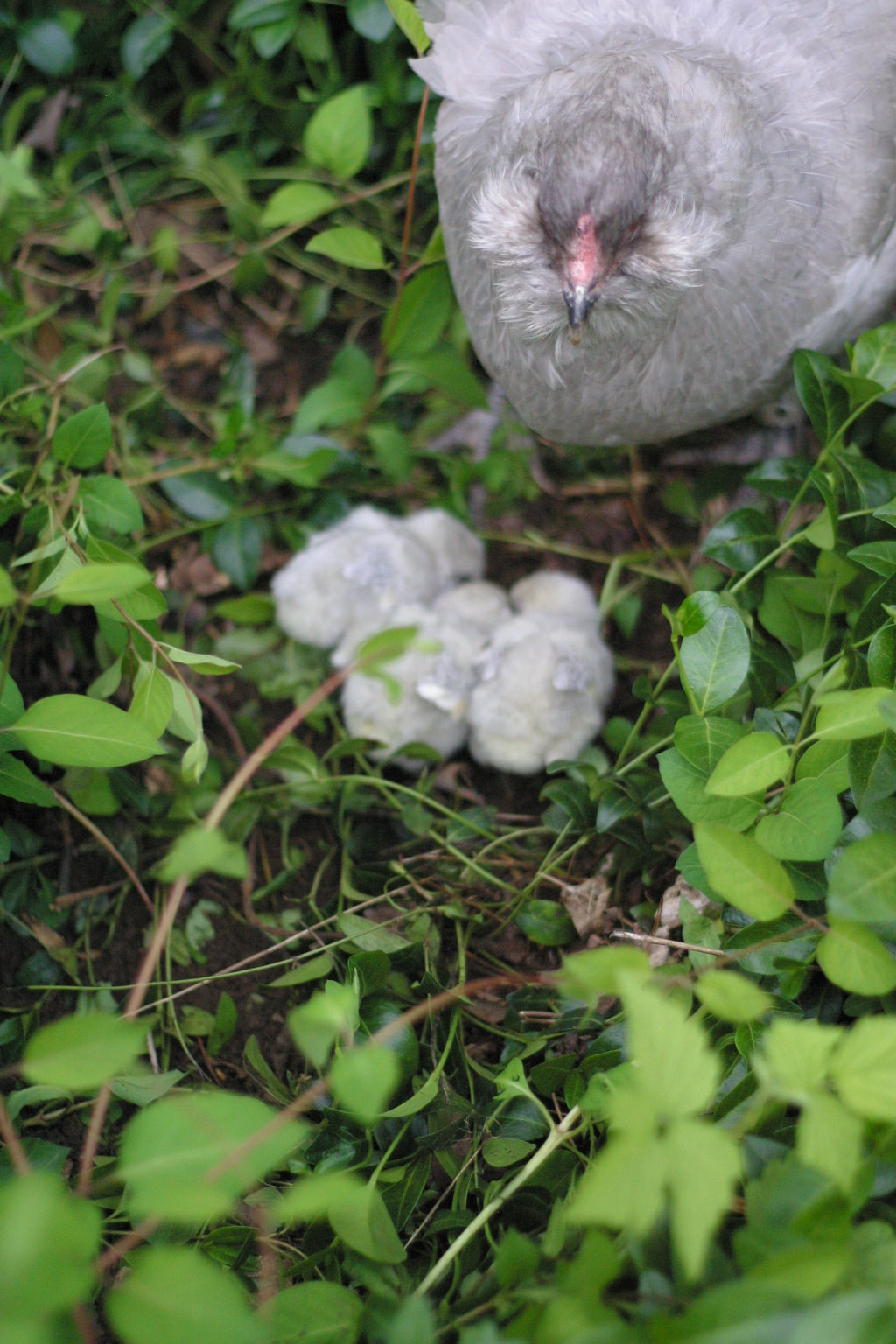|
One of the most common questions I get from folks who don’t have chickens, but know that we ship hatching eggs all over the U.S., is this: “How in the world do you send eggs in the mail without them breaking?”
They are often surprised when I tell them that preventing breakage during transit is easy. The trick, though, is to pack an egg well enough that it not only doesn’t break, but also develops into a healthy, thriving chick. That, my friends, is no small feat–especially when shipping and incubating conditions are outside of our control. Once the eggs leave our hands and enter the labyrinth of the USPS, their ultimate fate is beyond our influence. They will face unpredictable handling in transit, and experience a range of incubation conditions. Our part in ensuring a good hatch for our customers is to pack their eggs with the utmost care. With a bit of trial and error, we’ve found a safe, reliable packing method for our hatching eggs that works for us–and I’ll show you exactly how we do it in this post. Of course, there’s more than one effective way to pack hatching eggs for shipping. I’ll also share some general best practices for shipping eggs, and discuss a couple good alternatives to our method.
5 Comments
If you’ve ever experienced a broody hen, you know they are fierce and determined as they sit on and protect their eggs. They are also a great way to expand your flock, as they will incubate, hatch, and raise chicks for you.
On the flip side, she can be an unwelcome disturbance in the flock, especially if you don’t have fertile eggs or young chicks readily available. They also often need their own space, but they don’t pay egg rent. Not only that, but broodiness can put a real strain on your hen. In this post we will look at both sides of the broody coin: how to support and care for your hen while helping her become a mama, and how to break a broody if need be while minimizing stress to her. What is an Eggtopsy?Spring has arrived and with it, hatching season! Perhaps you collected and incubated eggs from your own flock, or you patiently waited for eggs to arrive in the mail from a breeder. Either way, you spent 21 days incubating and anticipating the arrival of your new babies.
Then hatch day came and went, and there are still some unhatched eggs sitting in the incubator, leaving you to wonder why some hatched, but these didn’t. First of all, this is totally normal. In most cases, not all the eggs you set will hatch. A good hatch rate for fertile, fresh eggs from your own yard is anything over 75%, and the average hatch rate for shipped eggs is 50%. While it’s expected that some eggs won’t hatch, those unhatched eggs can leave you guessing about what happened, and if there’s any way you can improve your hatch rate next time. To troubleshoot your hatch, you can perform an eggtopsy, otherwise known as a “breakout analysis,” on your unhatched eggs. A breakout analysis simply means opening each unhatched egg and studying its contents for clues as to why that egg didn’t hatch. An eggtopsy may not help you pinpoint the exact cause of death for each individual embryo, because there are so many factors affecting each stage of development. However, an eggtopsy will help you recognize patterns, troubleshoot issues, and possibly figure out the cause of a disappointing hatch. |
Hi, I'm Maeg.Welcome to our blog! Categories
All
|
©
The Silver Fox Farm




